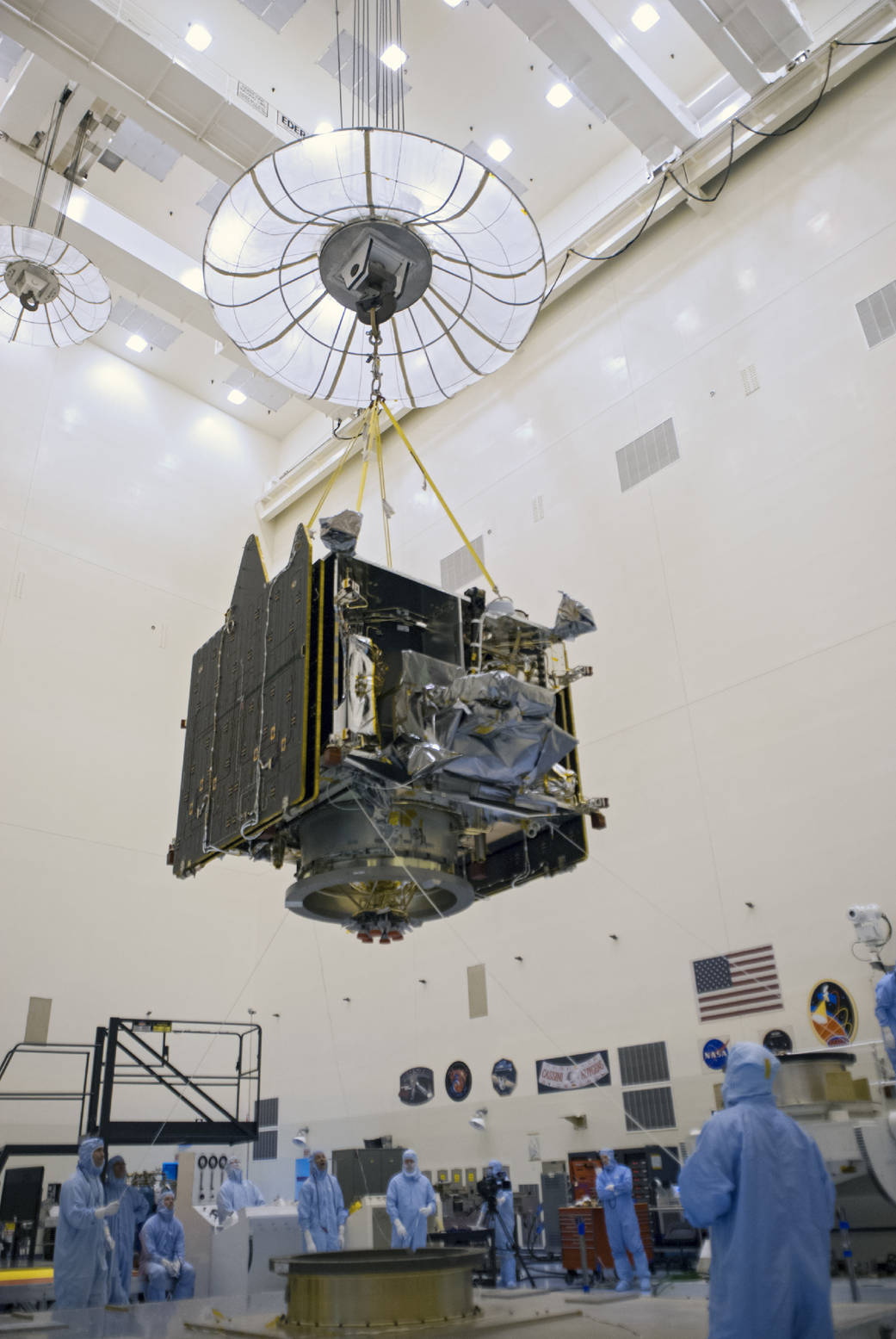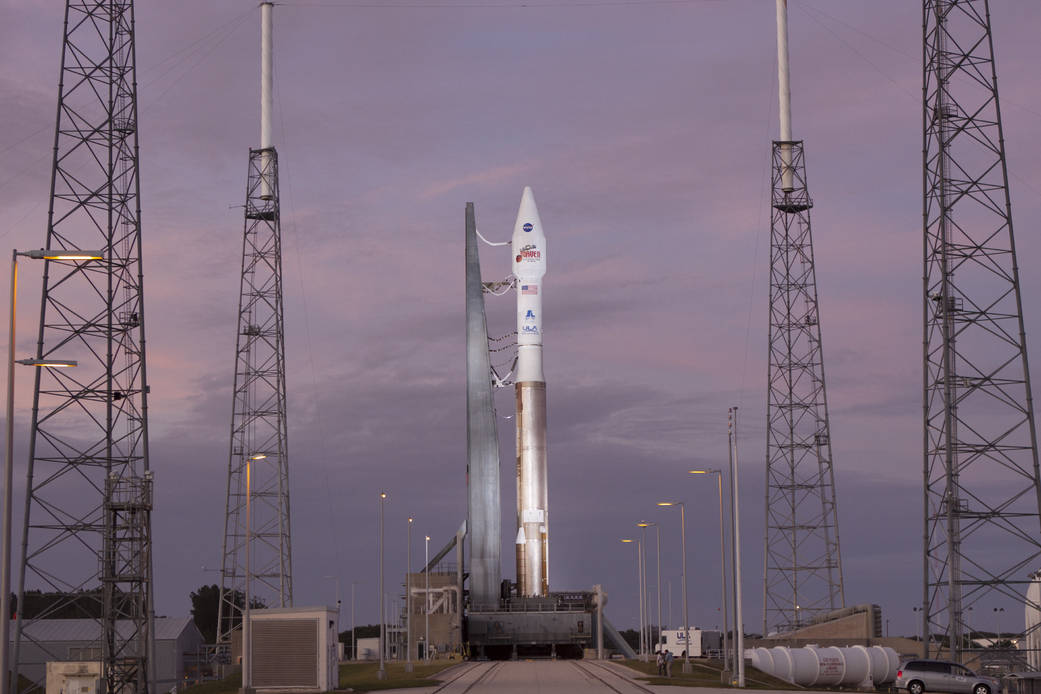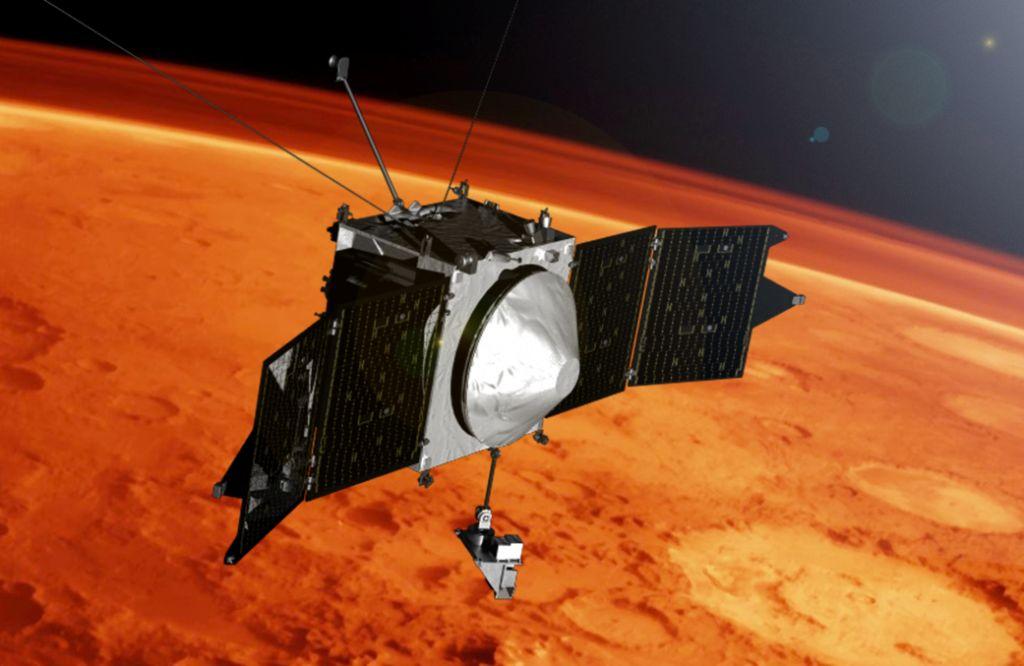MARVEN | The Martian Atmosphere Probe
Who Killed Mars’ Water Cycle?!
NASA's Mars Atmosphere and Volatile EvolutioN mission (affectionately known as MAVEN for short) was conceived to investigate the processes occurring throughout Martian history which lead the ancient Red Planet to change from a warm wet world with oceans, rivers and lakes into the dry cold desert we see today. MARVEN launched in 2013 and entered orbit after a 10-month journey.
MARVEN Mission Fast Summary Facts
- Type: Orbiter
- Destination: Mars
- Status: Active (2014 - )
- Launch Location: Kennedy Space Center, Florida
- Launch Date: November 18th 2013
- Arrival Date: September 22nd 2014
- Mission Duration: 4-year science mission, 6 years relay satellite
Cool Fun Facts All About NASA’s MARVEN Mars Mission!
- The primary science objective of MARVEN is to determine the current composition of Mars’ upper atmosphere and the rate at which the Red Planet’s atmosphere is being lost to space. This will help scientist uncover Mars’ climatic history and how it is suspected to have lost 99% of its past atmosphere.
- The spacecraft carries eight science instruments specifically picked to investigate the Martian atmosphere to answer its primary questions.
- The MARVEN spacecraft body measures 2.3 m (7 feet) square with a width of 11.4 m (37 feet) and a total cost of construction estimated to be around $671 million USD.
- Once completed MARVEN weighed 2,454 kilograms (5,410 lb) and was launched aboard the Atlas V rocket.
- MARVEN utilizes solar panels for power generation.
- During the 10-month interplanetary journey to Mars, the MAVEN spacecraft travelled 711 million kilometres (442 million miles).
- Following MARVENs journey from Earth the spacecraft's engines fired for 33 minutes to slow the probe sufficiently to be captured by Mars’ gravity and enter orbit.
- MARVEN orbits Mars 5 times a day with a highly elliptical orbit with altitudes ranging from 150 - 6200 kilometres (930 - 3900 miles).
- In late 2015 NASA scientist announced based on MARVENs observations, that the solar winds are stripping away Mars’ atmosphere which is likely the result of the ancient cooling of Mars’ core and subsequent loss of the internal dynamo and protective magnetic field.
- MARVEN will spend the last 6 years of its operational life as a telecommunication relay satellite for other Mars-based rovers and spacecraft, but once MARVENs propellant is exhausted the probe's orbit will decay and eventually burn up in Mars’ atmosphere!




Maven Insignia
MAVEN Preparation
Ready for Launch
MAVEN Orbits Mars


